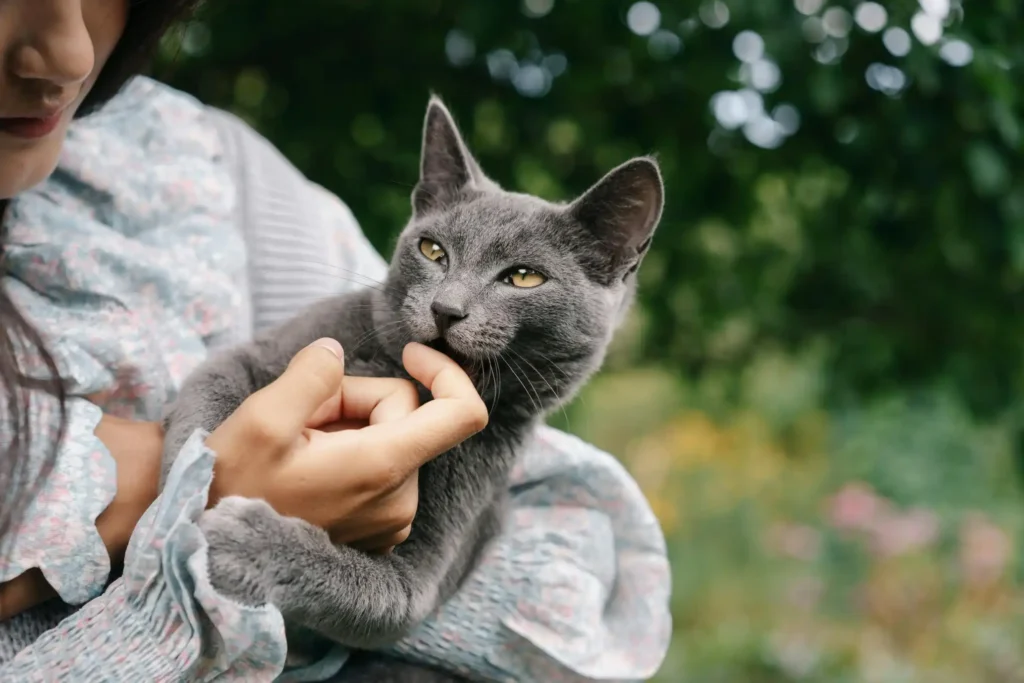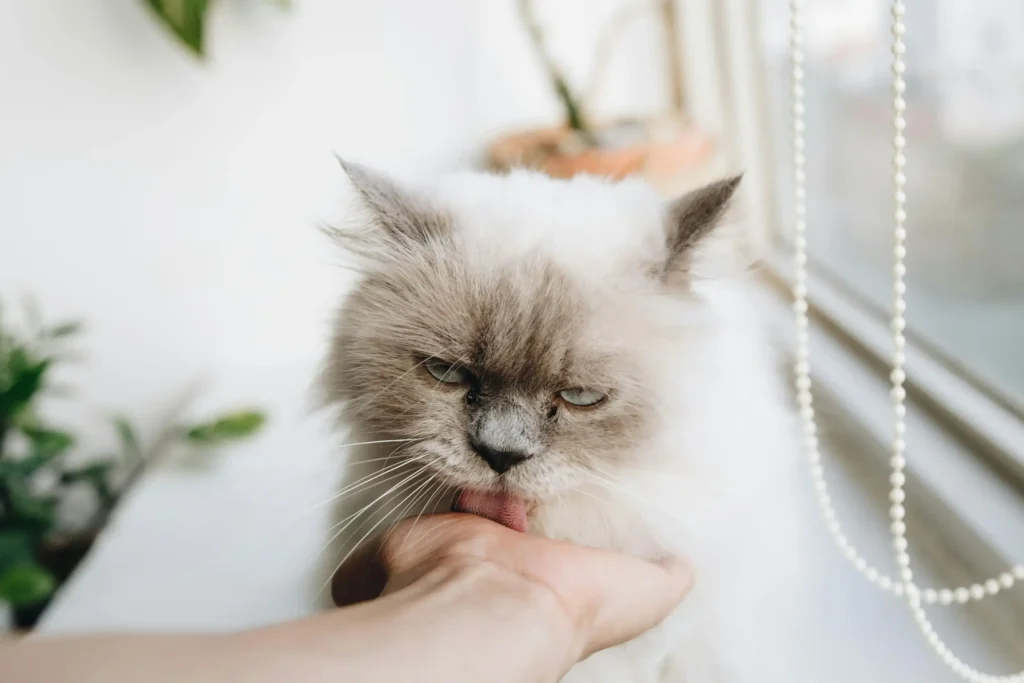Having expertise in documenting the dental disease of kittens is necessary for your work as a vet specializing in dental care for felines. A cat dental chart can detail a cat’s dental problems, such as excess plaque, missing teeth, and overcrowding due to baby teeth not falling out. Kitten Pa can collaborate with their veterinary dentistry experts to create a plan to stop additional tooth loss and decay.
As veterinarians, you have the opportunity to utilize a cat’s dental chart to illustrate how gingivitis can lead to bacteria reaching bone and tooth material, or how the absence of a cat’s various multirooted teeth can impact its overall well-being.
Typical Queries and Valuable Information
Suppose you are a veterinarian looking to review some fundamental dental chart concepts, or a cat owner seeking more details on feline dental charting. In that case, the information you seek can be found below.
Kitten Dental Methode
Cats possess 30 grown-up teeth, and a vet tech specializing in animal dentistry can utilize the feline dental formula for tracking a cat’s teeth.
Dental charting involves mapping out each quadrant and assigning numbers to identify incisors, canines, premolars, and molars. The dental technician for cats can then record any tooth issues on the dental chart, like indications of gum disease or baby teeth that haven’t fallen out.
Which Teeth in Kittens Have Three?
The fourth premolar tooth on the upper row of teeth, also known as the maxillary fourth premolar, possesses three roots. Cats possess ten premolars which they utilize for breaking down meals while chewing. Premolars start to appear through the gums at approximately 5-7 months of age.
Dental illness may impact the enamel, gingiva, and roots of the tooth. It can result in the accumulation of tartar, loss of teeth, inflammation of the gums, gum disease, and other dental issues that may need procedures such as extraction or surgery under anesthesia.
What is the Kitten Shearing Tooth?
Shearing teeth are teeth found in carnivores that are positioned on the top and bottom rows and function by sliding against each other to slice through meat and flesh. The carnassial teeth in cats are the fourth maxillary premolars (108 and 208) and the first mandibular molars (309 and 409).
Severe damage from a fractured tooth or dental disease in the carnassial teeth can be fatal for wild animals like wolves, bears, and lions as it can prevent them from eating. Your vet tech can utilize dental X-rays and thorough documentation to detect issues with carnassial teeth. Next, they have the ability to suggest dental treatments such as removing a fractured tooth or addressing gingivitis.
Which Jawbone Teeth Are Kittens Cutting Compared to Puppies?
The dental directions for kittens are different from the dental directions for puppies. Dogs typically have 42 permanent teeth, resulting in gaps or “missing teeth” in the numbering system for cats.
- The premolars in the maxilla and mandible are numbered 105, 205, 305, and 405.
- The premolars in the lower jaw, specifically the second ones, are labeled as 306 and 406.
- The second molar of the upper jaw, teeth number 110 and 210.
- The second and third molars in the lower jaw, teeth numbers 310, 311, 410, and 411.
Kitten Dental Chart with Roots
The AAHA provides guidelines for pet owners and veterinary professionals to guarantee proper oral care through veterinary dentistry. These guidelines include information on oral examination, dental radiography, tooth extraction, and anesthesia for dental procedures in a downloadable PDF.
In dental charting a cat’s mouth with the AAHA feline dental record, a veterinary dentistry expert will include results from the oral exam in the inner blanks, treatment recommendations in the outer blanks, and notes in the boxes about whether the owner approved or declined treatment.
Cat teeth chart with numbers
Some veterinary hospital create their own dental chart using numbers for deciduous teeth or adult teeth, depending on the cat’s age.
Precise documentation of dental health in cats is crucial for combatting issues such as plaque accumulation, tooth loss, tooth resorption, and gum and oral diseases during veterinary check-ups. Veterinary experts will add a dental chart to a cat’s medical file in order to enhance the patient’s history in the field of veterinary dentistry.
Kitten Dental Protection
Cat owners can take various actions at home to assist in maintaining their feline’s long-lasting teeth. Here are a few suggestions to offer to your clients:
- Bringing their kitten for an annual dental inspection at the vet’s hospital.
- Using a toothbrush and toothpaste that is secure for kittens to brush their kitten tooth
- Giving the kitten dental treats that have been supported by the VOHC
- Utilizing impressive rinses or gels in the kitten’s oral cavity to defend against plaque and tartar buildup
What Can a Pet Parent Do If a Kitten’s Teeth Are Rotting?

There are various reasons why cats commonly experience tooth loss. At times, the acidic tartar accumulation may erode the enamel on the surface of the tooth and harm the pulp chamber below, leading to sensitivity and discomfort.
At times, a cat can experience gingivitis or periodontitis, similar to humans. A veterinary dentist can assess and determine the extent of gingivitis by utilizing a periodontal probe to measure the gingival sulcus.
Cat Dental Illness
Throughout their lives, cats frequently experience dental issues such as dental disease and tooth loss.
Gingivitis
Plaque accumulation from tooth crowding and poor cleaning habits can result in gingivitis. Plaque descends under the gumline, causing an immune reaction that results in gum inflammation.
Periodontitis
Periodontitis is a more severe type of gingivitis that results in weakened tissues connecting teeth to the jaw and gums, leading to loose teeth or total tooth loss. Anesthesia is needed for X-rays during a periodontitis dental check-up.
Tooth Resorption
Certain cats might experience tooth loss due to odontoclast cells extracting calcium from within the tooth, causing internal erosion. Tooth extraction is a common recommendation by dentists for teeth that are impacted. The reason for tooth resorption is not understood.
Conclusion

If you provide feline dental care as a veterinarian, think about using an automated customer service system to update pet owners on their cat’s well-being. At Weave, our goal is to offer the most suitable veterinary digital communication tools, such as a dental chart for cats.

